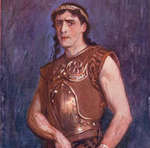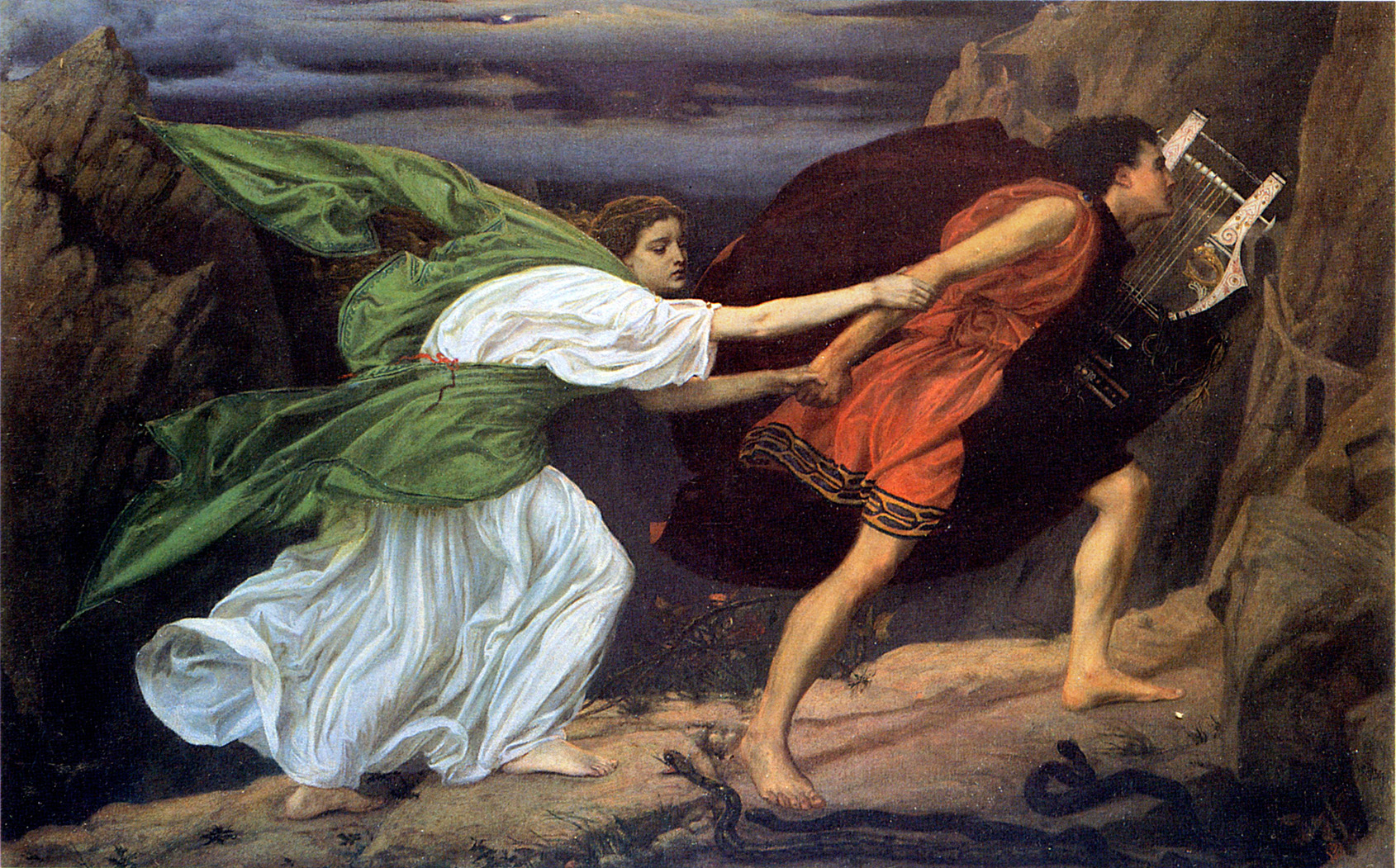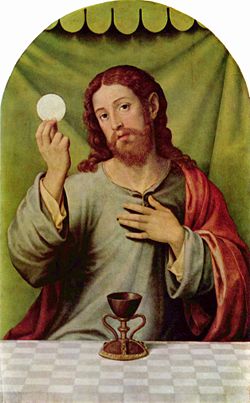Week 10 James Joyce’s"Araby" (short story)fromDubliners
1.Dubliners by James Joyce

Joyce is best known for Ulysses (1922), a landmark work in which the episodes of Homer's Odyssey are paralleled in an array of contrasting literary styles, perhaps most prominent among these the stream of consciousness technique he utilised. Other well-known works are the short-story collection Dubliners (1914), and the novels A Portrait of the Artist as a Young Man (1916) and Finnegans Wake (1939). His other writings include three books of poetry, a play, occasional journalism and his published letters.
Joyce was born in 41 Brighton Square, Rathgar, Dublin—about half a mile from his mother's birthplace in Terenure—into a middle-class family on the way down. A brilliant student, he briefly attended the Christian Brothers-run O'Connell School before excelling at the Jesuit schools Clongowes and Belvedere, despite the chaotic family life imposed by his father's alcoholism and unpredictable finances. He went on to attend University College Dublin.
In 1904, in his early twenties, Joyce emigrated permanently to continental Europe with his partner (and later wife) Nora Barnacle. They lived in Trieste, Paris and Zurich. Though most of his adult life was spent abroad, Joyce's fictional universe centres on Dublin, and is populated largely by characters who closely resemble family members, enemies and friends from his time there. Ulysses in particular is set with precision in the streets and alleyways of the city. Shortly after the publication of Ulysses, he elucidated this preoccupation somewhat, saying, "For myself, I always write about Dublin, because if I can get to the heart of Dublin I can get to the heart of all the cities of the world. In the particular is contained the universal.
Dubliners
Dubliners is a collection of fifteen short stories by James Joyce, first published in 1914. They form a naturalistic depiction of Irish middle class life in and around Dublin in the early years of the 20th century.
 The stories were written when Irish nationalism was at its peak, and a search for a national identity and purpose was raging; at a crossroads of history and culture, Ireland was jolted by various converging ideas and influences. They centre on Joyce's idea of an epiphany: a moment where a character experiences a life-changing self-understanding or illumination. Many of the characters in Dubliners later appear in minor roles in Joyce's novel Ulysses. The initial stories in the collection are narrated by child protagonists, and as the stories continue, they deal with the lives and concerns of progressively older people. This is in line with Joyce's tripartite division of the collection into childhood, adolescence and maturity.
The stories were written when Irish nationalism was at its peak, and a search for a national identity and purpose was raging; at a crossroads of history and culture, Ireland was jolted by various converging ideas and influences. They centre on Joyce's idea of an epiphany: a moment where a character experiences a life-changing self-understanding or illumination. Many of the characters in Dubliners later appear in minor roles in Joyce's novel Ulysses. The initial stories in the collection are narrated by child protagonists, and as the stories continue, they deal with the lives and concerns of progressively older people. This is in line with Joyce's tripartite division of the collection into childhood, adolescence and maturity.When discussing Joyce's Dubliners, there are two types of critics that are often at the forefront of the conversation: the "Realists" and the "Symbolists". The Realists view Dubliners as the most simple of Joyce's works, which often causes them to disregard the revolutionary nature of the work. The symbolists instead neglect the rebellious meanings behind Joyce's symbols. While some choose only one side to argue, others believe that Dubliners completely defies any form of characterization. Without any clear evidence of thematic unity, logic of plot, or closure, Joyce prevents any conclusive critical analysis.As Sonja Bašić argues, the book "should be seen not just as a realist/naturalist masterpiece, but as a significant stepping- stone integrated into the modernist structure of Joyce's mature work."
It has been argued that the narrators in Dubliners rarely mediate, which means that there are limited descriptions of their thoughts and emotions, a practice said to accompany narratorial invisibility where the narrator sees instead of tells. While some point to Joyce's use of free indirect discourse as a way to understand his characters, he often obscures the reliability of his characters in a way that would make any kind of analysis very difficult.As Richard Ellmann has argued, "Joyce claims importance by claiming nothing"His characters' personalities can only be observed because they are not explicitly told.
The collection as a whole displays an overall plan, beginning with stories of youth and progressing in age to culminate in The Dead. Great emphasis is laid upon the specific geographic details of Dublin, details to which a reader with a knowledge of the area would be able to directly relate. The multiple perspectives presented throughout the collection serve to compare the characters and people in Dublin at this time.
“Araby”
The amorous boy who devotes himself to his neighbor Mangan’s sister. Images and thoughts of the girl subsume the narrator’s days, but when he finally speaks to her it is brief and awkward. When Mangan’s sister tells the narrator about a bazaar called Araby, the narrator decides to go there and buy something for her. However, he arrives at the bazaar too late and buys nothing. The narrator illustrates the joys and frustrations of young love. His inability to pursue his desires angers him.
2. Ulysses

Ulysses is a modernist novel by Irish writer James Joyce. It was first serialize in parts in the American journal The Little Review from March 1918 to December 1920, and then published in its entirety in Paris by Sylvia Beach on 2 February 1922, Joyce's 40th birthday. It is considered to be one of the most important works of modernist literature, and has been called "a demonstration and summation of the entire movement". According to Declan Kiberd, "Before Joyce, no writer of fiction had so foregrounded the process of thinking."
Ulysses chronicles the peripatetic appointments and encounters of Leopold Bloom in Dublin in the course of an ordinary day, 16 June 1904. Ulysses is the Latinised name of Odysseus, the hero of Homer's epic poem Odyssey, and the novel establishes a series of parallels between the poem and the novel, with structural correspondences between the characters and experiences of Leopold Bloom and Odysseus, Molly Bloom and Penelope, and Stephen Dedalus and Telemachus, in addition to events and themes of the early twentieth century context of modernism, Dublin, and Ireland's relationship to Britain. The novel imitates registers of centuries of English literature and is highly allusive.
Ulysses is approximately 265,000 words in length and is divided into eighteen episodes. Since publication, the book has attracted controversy and scrutiny, ranging from early obscenity trials to protracted textual "Joyce Wars". Ulysses' stream-of-consciousness technique, careful structuring, and experimental prose — full of puns, parodies, and allusions — as well as its rich characterization and broad humor, have led it to be regarded as one of the greatest literary works ever written. Joyce fans worldwide now celebrate 16 June as Blooms day.
Odyssey
 The Odyssey is one of two major ancient Greek epic poems attributed to Homer. It is, in part, a sequel to the Iliad, the other work ascribed to Homer. The Odyssey is fundamental to the modern Western canon, and is the second-oldest extant work of Western literature; the Iliad is the oldest. Scholars believe the Odyssey was composed near the end of the 8th century BC, somewhere in Ionia, the Greek coastal region of Anatolia.
The Odyssey is one of two major ancient Greek epic poems attributed to Homer. It is, in part, a sequel to the Iliad, the other work ascribed to Homer. The Odyssey is fundamental to the modern Western canon, and is the second-oldest extant work of Western literature; the Iliad is the oldest. Scholars believe the Odyssey was composed near the end of the 8th century BC, somewhere in Ionia, the Greek coastal region of Anatolia.The poem mainly focuses on the Greek hero Odysseus ), king of Ithaca, and his journey home after the fall of Troy. It takes Odysseus ten years to reach Ithaca after the ten-year Trojan War. In his absence, it is assumed Odysseus has died, and his wife Penelope and son Telemachus must deal with a group of unruly suitors, the Mnesteres or Proci, who compete for Penelope's hand in marriage.
The Odyssey continues to be read in the Homeric Greek and translated into modern languages around the world. Many scholars believe the original poem was composed in an oral tradition by an aoidos (epic poet/singer), perhaps a rhapsode (professional performer), and was more likely intended to be heard than read. The details of the ancient oral performance and the story's conversion to a written work inspire continual debate among scholars. The Odyssey was written in a poetic dialect of Greek—a literary amalgam of Aeolic Greek, Ionic Greek, and other Ancient Greek dialects—and comprises 12,110 lines of dactylic hexameter. Among the most noteworthy elements of the text are its non-linear plot, and the influence on events of choices made by women and slaves, besides the actions of fighting men. In the English language as well as many others, the word odyssey has come to refer to an epic voyage.
Penelope

In Homer's Odyssey, Penelope is the wife of Odysseus, who is known for her fidelity to Odysseus while he was absent, despite having many suitors.
Her name has traditionally been associated with marital fidelity, and so it was with the Greeks and Romans, but some recent feminist readings offer a more ambiguous interpretation. Her character is beyond what was available to most women at the time, and she is considered a match for Odysseus due to her immense strength, warmth and intelligence
Telemachus was the son of Odysseus and Penelope in Greek mythology.
 The first four books of the Homeric epic Odyssey recount the efforts of Telemachus to find any news of his father's fate. His father had left to fight in the Trojan War when Telemachus was still an infant. Advised by the goddess Athena, Telemachus went to Nestor, who started telling him stories about his father's feats. He then visited Sparta and the court of Menelaus and Helen. The royal couple told Telemachus more stories about Odysseus, and filling in more of the gaps around the hero.
The first four books of the Homeric epic Odyssey recount the efforts of Telemachus to find any news of his father's fate. His father had left to fight in the Trojan War when Telemachus was still an infant. Advised by the goddess Athena, Telemachus went to Nestor, who started telling him stories about his father's feats. He then visited Sparta and the court of Menelaus and Helen. The royal couple told Telemachus more stories about Odysseus, and filling in more of the gaps around the hero.Telemachus eventually reached the house of Eumaeus, a herdsman, who at the time hosted Odysseus in disguise. After Athena's advice, Odysseus revealed himself to his son, and they then started forming a plan to get rid of the suitors that had been trying to win Penelope's hand.
Telemachus and a disguised Odysseus returned to Ithaca; Telemachus then told his mother to organise a contest for the suitors; whoever would be able to string the bow of her husband and shoot an arrow through the holes of twelve axeheads, would become her new husband. Telemachus was the first to try, and although he would have managed it, Odysseus told him not to. The suitors then unsuccessfully attempted to perform the task. In the end, Odysseus revealed himself and along with his son, killed all of the suitors.
3. Charon (mythology)
In Greek mythology, Charon or Kharon is the ferryman of Hades who carries souls of the newly deceased across the rivers Styx and Acheron that divided the world of the living from the world of the dead. A coin to pay Charon for passage, usually an obolus or danake, was sometimes placed in or on the mouth of a dead person. Some authors say that those who could not pay the fee, or those whose bodies were left unburied, had to wander the shores for one hundred years. In the catabasis mytheme, heroes – such as Aeneas, Dionysus, Heracles, Hermes, Odysseus, Orpheus, Pirithous, Psyche, Theseus and Sisyphus – journey to the underworld and return, still alive, conveyed by the boat of Charon.
Orpheus
Orpheus was a musician, poet and prophet in Greek mythology. His parents were the king of Thrace Oeagrus and the muse Calliope. He was considered the best musician and poet of all, and he perfected the lyre. It was the god Apollo who taught Orpheus how to play the lyre when he was an adolescent. According to a source, his music had the ability to charm the animals and make the trees dance. It is also said that he took part in the Argonautic Expedition, playing the lyre on the way. If it weren't for him, the Argonauts would never be able to avoid the beautiful songs of the Sirens.
Orpheus, during the end of his life, worshipped no gods except the sun, whom he called Apollo. One day, he went to pay tribute to the sun near the oracle of Dionysus, where he was caught by the Maenads, and was killed for being an infidel to the god Dionysus.
Sisyphus
 Sisyphus was the king of Ephyra in Greek mythology. He was the son of King Aeolus of Thessaly and Enarete. He founded Ephyra, which he ruled over as its first king. His spouse was the nymph Merope, with whom he had four children; Glaucus, Ornytion, Almus, and Thersander.
Sisyphus was the king of Ephyra in Greek mythology. He was the son of King Aeolus of Thessaly and Enarete. He founded Ephyra, which he ruled over as its first king. His spouse was the nymph Merope, with whom he had four children; Glaucus, Ornytion, Almus, and Thersander.Although Sisyphus helped its city become a commercial hub and invested in navigation, he was a sly and deceitful person. In numerous occasions, he violated the Xenia, the concept of hospitality and generosity shown to travellers and guests, by killing them, so he could prove that he was a ruthless king. These violations made him fall in the eyes of Zeus, who was in charge of promoting the Xenia. Another time that Sisyphus infuriated Zeus when he told the river god Asopus where his daughter Aegina was - Zeus had previously kidnapped her. In return, Asopus created a spring to flow on the Acropolis of Corinth.
The now furious father of gods decided to punish Sisyphus for good. He asked Thanatos, personification of death, to take him and chain him in the Underworld. When Thanatos went to Sisyphus, the king asked how the chains actually worked; Thanatos agreed, but Sisyphus swiftly managed to chain Thanatos instead. With Death now in chains, no mortal could die and go to the Underworld. After a while, the situation aggravated, and the god of war Ares, unhappy that his wars were no longer interesting as no one died, released Thanatos. He then trapped Sisyphus and gave him to Thanatos too.
Another version of the story has it that Hades was sent instead of Thanatos, and it was him that was tricked and chained by Sisyphus. As a result, people could no longer make sacrifices, and the sick would no longer find peace as they couldn't die. All gods told Sisyphus they would make his life a living hell if he didn't free Hades, and he reluctantly agreed.
Before surrendering though and dying, Sisyphus told his wife Merope to later throw his lifeless body in the middle of the city square, as a test for his wife's love for him. As a result, his body ended up on the banks of the river Styx. Sisyphus, now in the Underworld, told Persephone, queen of the underworld, what had happened, and told her to release him and send him back to the living, so he could punish his wife. Persephone agreed, and Sisyphus went back to the realm of the living. He found his wife and scolded her, but he then refused to return to Tartarus. In the end, the god Hermes took him and dragged him there.
Zeus, fed up with Sisyphus' tricks and cunning as well as his hubris - believing he was more cunning than Zeus - punished him to eternally push a boulder uphill. However, as soon as he would reach the top of the hill, the boulder would roll off and Sisyphus had to push it back again.
pyre

A pyre also known as a funeral pyre, is a structure, usually made of wood, for burning a body as part of a funeral rite or execution. As a form of cremation, a body is placed upon or under the pyre, which is then set on fire.
4.The Holy Chalice
The Holy Chalice is the vessel which in Christian tradition Jesus used at the Last Supper to serve the wine. The celebration of the Eucharist in Christian churches and communities retains the original elements of the Last Supper, the bread and the cup or chalice, with the celebrant using the words of Jesus, as recorded in the Gospels. The Holy Chalice in the form of the Holy Grail became a topos in Arthurian romance in the high medieval period. In Roman Catholic relic veneration of the later medieval period, two artifacts, one kept in Genoa and the other in Valencia, were identified as the Holy Chalice.




0 個意見:
張貼留言
訂閱 張貼留言 [Atom]
<< 首頁